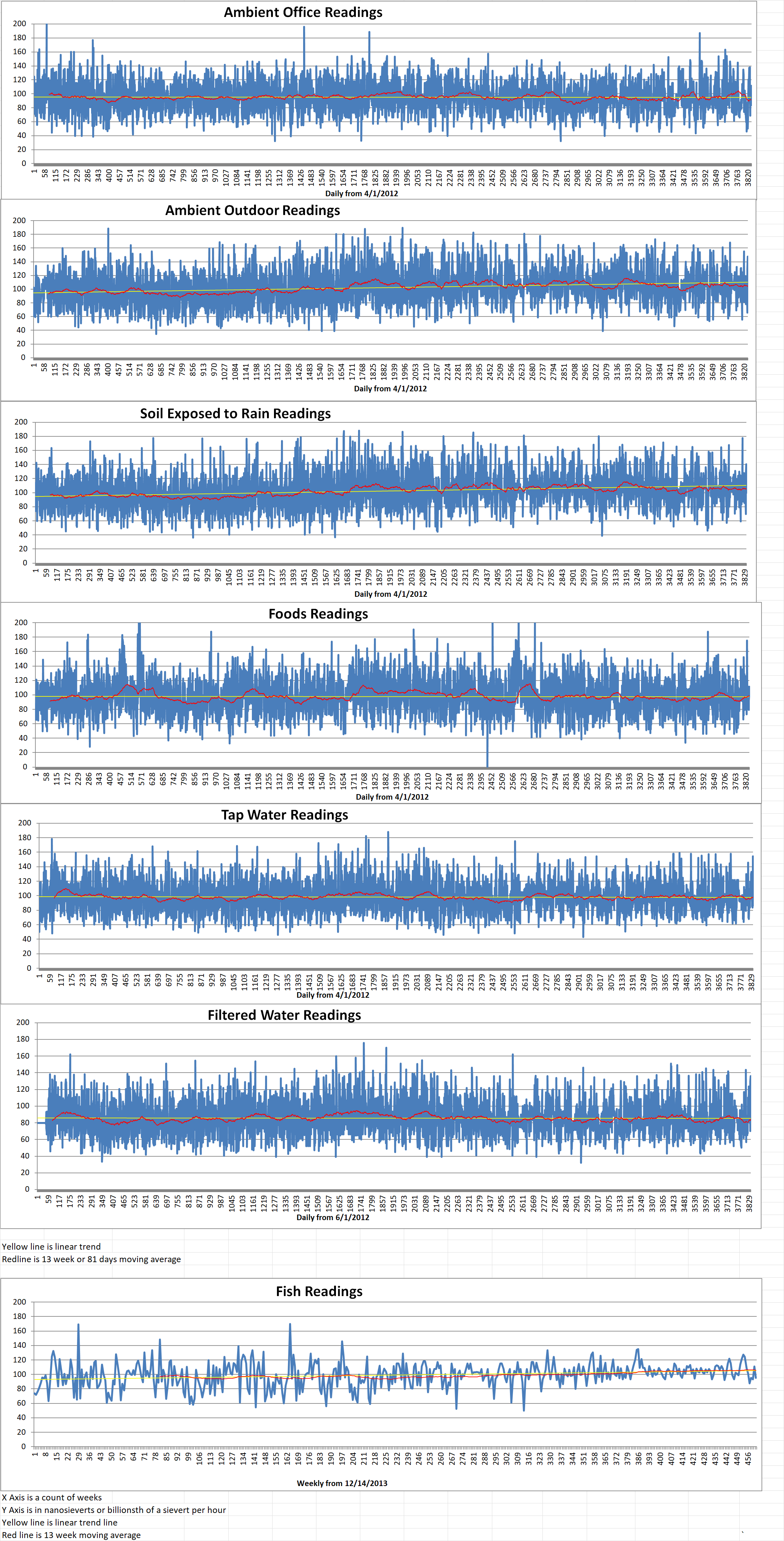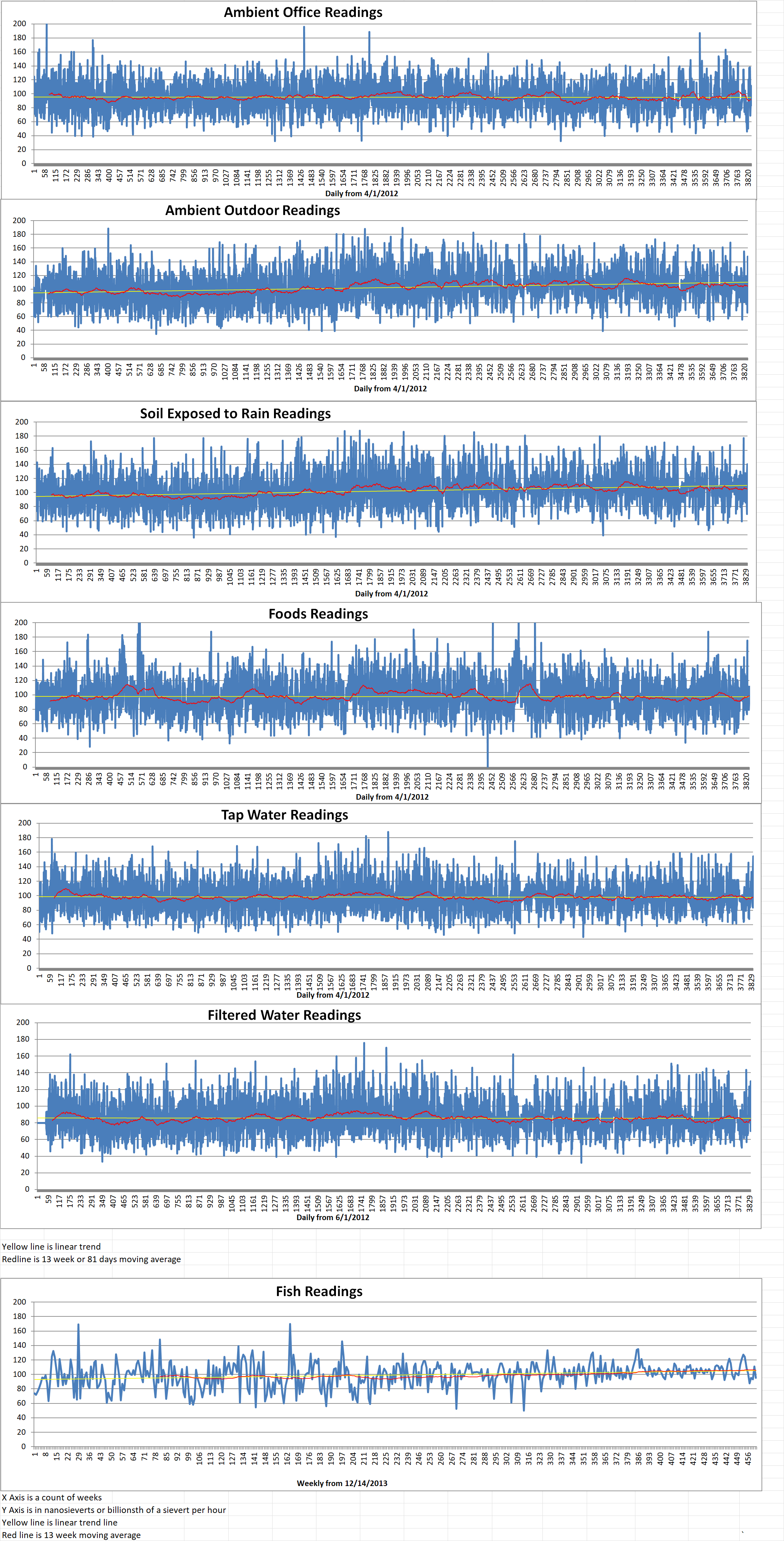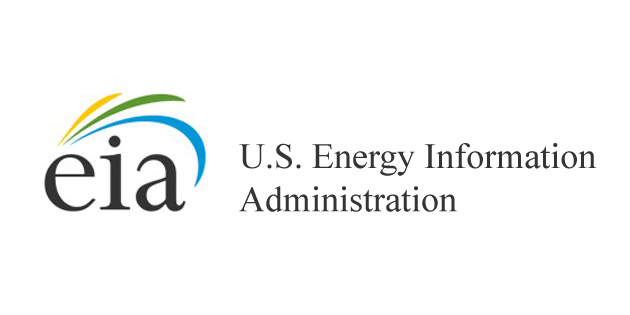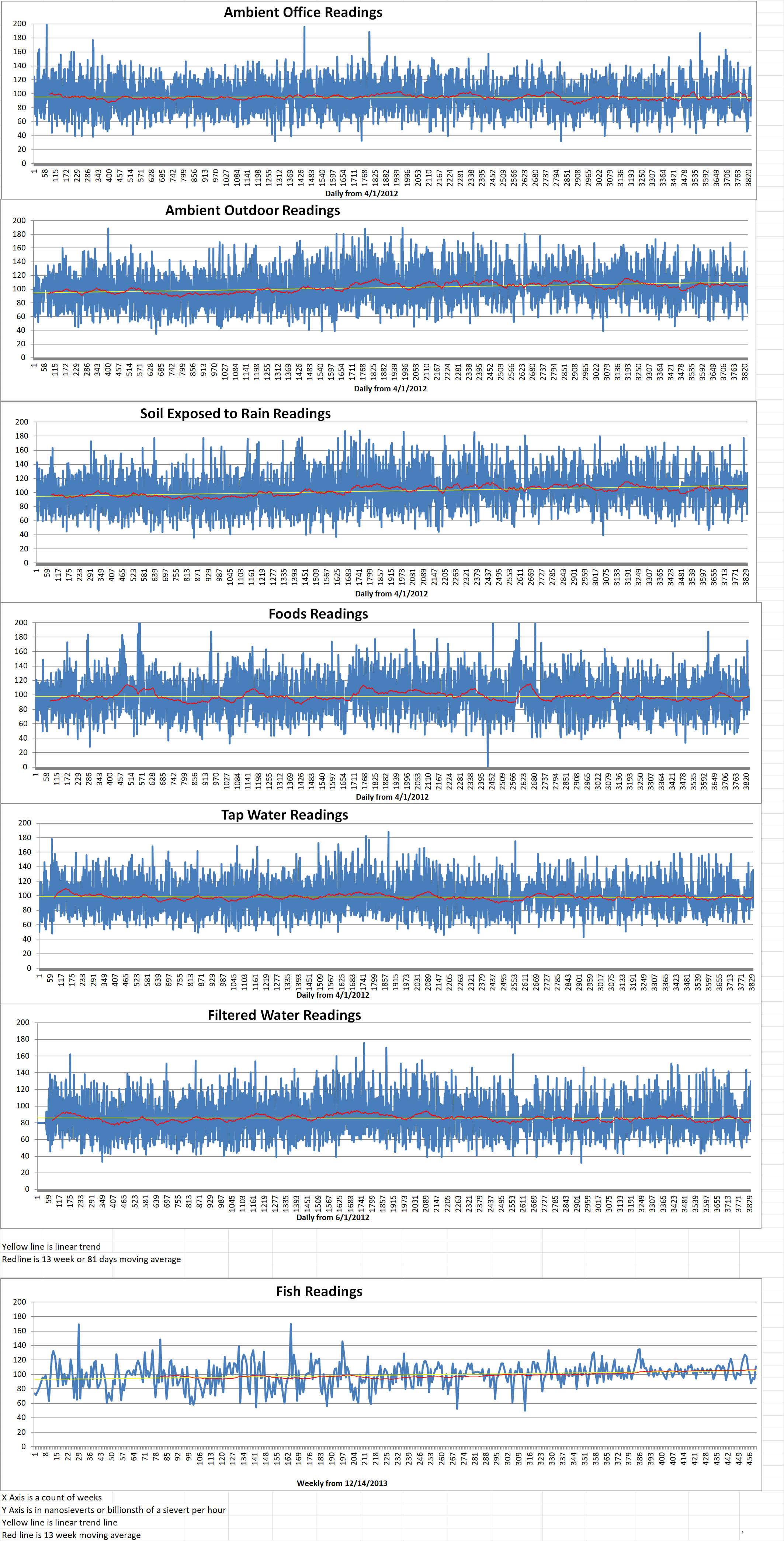Part 1 of 2 Parts
Several countries appear to have suddenly welcomed nuclear energy as part of their clean energy mix. This was partially triggered by global gas shortages and rising oil price. However, this apparent renaissance of nuclear energy is not appearing everywhere. Many countries are still skeptical about the technology. They are unwilling to accept nuclear power as the answer to the globe’s energy problems. This divide is especially present in Europe. It could have a major impact on the development of the nuclear power plant pipeline across the region. Some members of the European Union (EU) reject plans for increasing the E.U.’s nuclear energy capacity.
For decades, major powers have been moving away from nuclear power. This was largely due to safety concerns following three would-famous nuclear disasters. Now, some of these same major powers are putting nuclear energy back on the agenda as they race to ensure their energy security and transition away from fossil fuels. The U.S. and the U.K. are two in which the governments are offering high levels of funding and political backing for new nuclear reactor projects to support a green transition.
In the U.S., the nuclear energy output has been largely unchanged for the last forty years. It has provided about nineteen percent of the country’s electricity at present. However, a reconsideration of the safety risks involved with nuclear operations when set against the current climate situation has made the U.S. more open to new nuclear projects. President Biden included funding for nuclear projects in his Inflation Reduction Act (IRA).
On the other side of the Atlantic, the U.K. government recently purchased a twenty percent stake in the Sizewell C nuclear plant in Suffolk for one hundred million dollars in June. The Hinkley Point C reactor being built by the French state-owned EDF is expected to be operating by 2027. The ultimate cost is estimated to be around thirty billion dollars. Former Prime Minister Boris Johnson also recently outlined plans for the development of eight new nuclear reactors by 2030.
Hungary is remaining strongly committed to a planned nuclear power plant project with Russia. The Paks 2 project is set to be funded by Russia with a ten-billion-dollar loan. It follows the Paks 1 nuclear power station which is located about an hour south of Budapest. It was constructed by the Soviet Union in the 1980s. The Paks 1 licensed lifespan is coming to an end in the 2030s. Prime Minister Viktor Orban signed a deal with Russian President Vladimir Putin for the construction of two new twelve hundred megawatt reactors next to the old one. Ground-clearing work began in last August after several years of delays. The Paks 2 plant was expected to go into operation in 2026. However, as time went by, this became increasingly unlikely. The war in Ukraine is also causing delays.
Finland has already abandoned a Russian-built nuclear power plant on the Hanhikivi peninsula midway through its construction because of the Ukraine war. Several other European countries oppose Hungary’s close relations with Russia. This encouraged Viktor Orban to cut ties with Putin.
Please read Part 2 next
Blog
-

Nuclear Reactors 1117 – The Uncertain Future Of Nuclear Power – Part 1 of 2 Parts
-
Nuclear News Roundup Jan 02, 2022
India, Pakistan exchange lists of nuclear facilities, prisoners Aljazeera.com
South Korea, US discussing joint nuclear exercises, says Yoon Aljazeera.com
Canadian refurbishment projects hit milestones world-nuclear-news.org
Back-up generators from German plant headed for Finland world-nuclear-news.org
-

Geiger Readings for Jan 02, 2022
Ambient office = 111 nanosieverts per hour
Ambient outside = 95 nanosieverts per hour
Soil exposed to rain water = 100 nanosieverts per hour
Grape from Central Market = 106 nanosieverts per hour
Tap water = 87 nanosieverts per hour
Filter water = 81 nanosieverts per hour
-
Nuclear News Roundup Jan 01, 2022
Why Did Portland General Electric Want to Build Trojan Nuclear Plant in the First Place? Wweek.com
German minister reignites coalition row with call to review nuclear exit finance.yahoo.com
US nuclear enjoys revival as public and private funding pours in ft.com
US Not Discussing Nuclear Exercises With South Korea, Biden Says voanews.com
-

Geiger Readings for Jan 01, 2022
Ambient office = 83 nanosieverts per hour
Ambient outside = 148 nanosieverts per hour
Soil exposed to rain water = 140 nanosieverts per hour
Blueberry from Central Market = 111 nanosieverts per hour
Tap water = 155 nanosieverts per hour
Filter water = 136 nanosieverts per hour
-
Nuclear News Roundup Dec 31, 2022
Patient Coalition Applauds Federal Decision Impacting Nuclear Medicine Safety itnonline.com
Philippines updating nuclear energy roadmap gmanetwork.com
Nuclear stations near New Castle County to conduct quarterly sirens test Tuesday baytobaynews.com
Will Big Plans For Nuclear Power Work Without Russian Uranium? Finance.yahoo.com
-

Geiger Readings for Dec 31, 2022
Ambient office = 95 nanosieverts per hour
Ambient outside = 130 nanosieverts per hour
Soil exposed to rain water = 128 nanosieverts per hour
Avocado from Central Market = 100 nanosieverts per hour
Tap water = 135 nanosieverts per hour
Filter water = 130 nanosieverts per hour
Dover Sole from Central = 95 nanosieverts per hour
-

Nuclear Reactors 1116 – Can Small Modular Reactors Or Microreactors Be Used To Power Data Centers – Part 2 of 2 Parts
Part 2 of 2 Parts (Please read Part 1 first)
Despite the success of U.S. Navy nuclear reactors, many people still remember meltdowns at Three Mile Island, Chernobyl and Fukushima. These nuclear disasters have resulted in the stigmatization of nuclear power as a dangerous and unnecessary risk.
The Omdia report argues that the recent developments around SMRs have resolved many of the design and safety challenges association with older reactor designs. The report stated that “SMRs are considerably smaller than the large power plant reactors most of us are familiar with. Thus, SMRs pose far less risk due to their scale, simple design, and inherent safety characteristics of the reactor. The biggest challenge is going to be convincing people in industry and the people where these things are going to be deployed, that it is safe, and viable, and environmentally friendly.”
While it may turn out that SMRs will have a better track record than large, pressurized water reactors, there is still the major problem of nuclear waste. Although nuclear energy may be cleaner than coal or natural gas, it is not renewable. Nuclear power reactors produce heat generated by the controlled fission of elements such as uranium, plutonium, or thorium. The byproducts of the nuclear reactions produce radioactive waste that can take thousands of years to decay to safe levels.
The good news is that, depending on how the SMRs are built, they may not need to be refueled very often. According to Omdia, the reactors being used in nuclear submarines only require refueling about every ten years and newer designs could extend that to thirty or even forty years.
The bad news is that research suggests that SMRs are not nearly as clean as the big nuclear power reactors currently in use. A study published last summer found that SMRs can produce up to thirty-five times more waste when compared to the large reactors currently in use.
Before SMRs can gain mainstream adoption among data center operators, they must be economically viable. SMRs may be powerful enough to run a data center. However, unless they can do so cheaper than using renewables and fossil fuels, it is going to be a tough sell.
Commercial SMRs are still in their infancy. It is hard to estimate how much they might cost to operationalize. SMR startups such as NuScale claim that their reactors will have a levelized cost estimate (LCOE) of between forty dollars per megawatt hour and sixty-five dollars per megawatt hour, when they reach commercial availability during the late 2020s.
LCOE refers to the estimated revenue required to build, fuel, and operate a generator over its lifetime. On the optimistic side, this would put NuScale’s reactors close to the LCOE of natural gas and onshore wind power of about thirty-seven dollars per megawatt hour. Solar does better at about thirty-three dollars per megawatt hour.
With respect to SMR vendors, this comparison is only going to improve with time. Over the next two decades, The Energy Information Administration (EIA) expects the LCOE for wind and natural gas to steadily increase while solar power is expected to hold steady.
Nuclear power does have on major advantage over solar or wind. Renewable energy is not available in every market. Where it is, its efficiency depends heavily on nature’s cooperation. If the sun is not shining or the wind is not blowing, no power is being generate.
SMRs have faced major regulatory hurdles in the past. However, while the U.S. has been slower that other nations, the Nuclear Regulatory Commission recently cleared the way for SMRs inside the U.S.
Despite this progress, it will be some time before commercial SMRS are on the market. The Omdia report said, “The most optimistic deployment of an SMR here in the United States is by 2030. The notion of it being used on a datacenter campus, that’s going to be – and I’m only speculating here –between 10 and 15 years away.”
The U.S. is not the only country actively exploring SMR tech. According to the Omdia report, there are already several SMRs under construction or being licensed in Argentina, Canada, France and South Korea. However, just like the U.S., many of these reactors are still more than a decade away from deployment. -
Nuclear News Roundup Dec 30, 2022
IAEA to base staff at all Ukraine’s nuclear power plants world-nuclear-news.org
Yonhap: North Korea may have up to 60 nuclear warheads news.am
Chilling AI predicts what nuclear war would look like with attacks on London, Moscow and Washington the-sun.com
Defense Intelligence Constantly Monitoring Movement Of Russia’s Nuclear Weapons uknews.com
-

Geiger Readings for Dec 30, 2022
Ambient office = 111 nanosieverts per hour
Ambient outside = 66 nanosieverts per hour
Soil exposed to rain water = 70 nanosieverts per hour
Tomato from Central Market = 93 nanosieverts per hour
Tap water = 84 nanosieverts per hour
Filter water = 70 nanosieverts per hour
